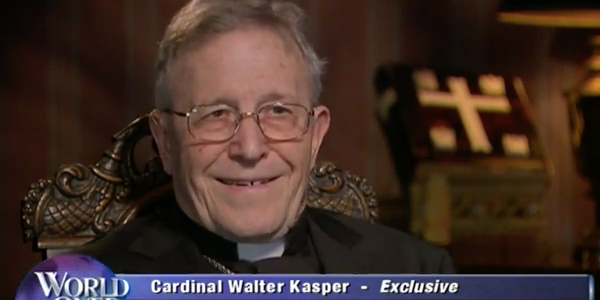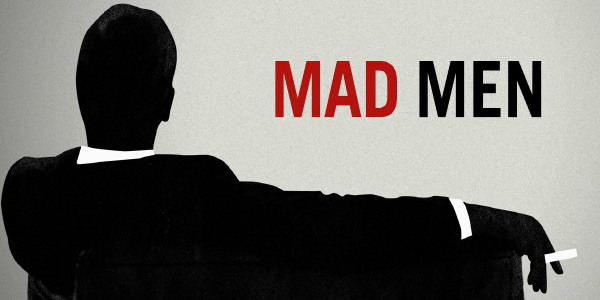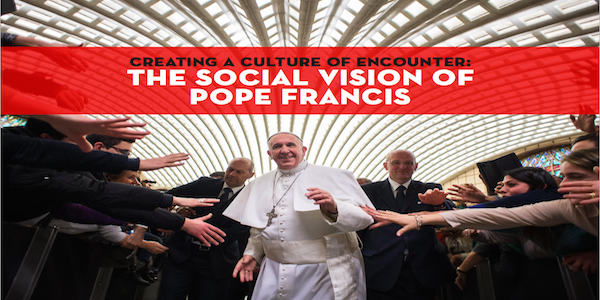It was decided decades ago, perhaps even almost 100 years ago. The United States population did not wake up a few years ago and say, “Hey, we want to redefine…
 It was decided decades ago, perhaps even almost 100 years ago. The United States population did not wake up a few years ago and say, “Hey, we want to redefine marriage.” We have been living the redefinition of marriage for much longer.
It was decided decades ago, perhaps even almost 100 years ago. The United States population did not wake up a few years ago and say, “Hey, we want to redefine marriage.” We have been living the redefinition of marriage for much longer.
Some will point to the 7th Lambeth Conference in 1930, whereby the Anglican Church allowed for the use of birth control by married couples. Soon after, many other Christian denominations followed suit.
Fast forward to 1968. One year before the summer of love, Pope Paul VI published his encyclical Humanae Vitae, which set forth the Catholic Church’s unchanged teaching – contraception had been and was still inconsistent with the married vocation. However, many people, lay and clerical alike, had expected a different response from Rome. Regardless of the content of the encyclical, they started to live as if the Church had in fact approved the use of contraception, for everyone, not just married couples.
Christians of all types had chosen to ignore Church teaching of almost 2,000 years.
1968 also gave us the SCOTUS decision Griswold v. Connecticut, which ruled that married couples had a right to have access to contraception. For all practical purposes – in law, religion, and practice – sex had been separated from marriage and procreation. Marriage had been separated from procreation and maybe even sex. The fundamental definition of marriage had changed. Even though the very word “matrimony” derives from the Latin word “mater” [“mother”], marriage was being lived as if it wasn’t about a creating a safe space for children and their mothers and fathers.
In her book Call the Midwife, Jennifer Worth, observed the effects of the pill in the London neighborhood where she worked:
The Pill was introduced in the early 1960s and modern woman was born. Women were no longer going to be tied to the cycle of endless babies; they were going to be themselves. With the Pill came what we now call the sexual revolution. Women could, for the first time in history, be like men, and enjoy sex for its own sake. In the late 1950s we had eighty to a hundred deliveries a month in our books. In 1963 the number had dropped to four or five a month. Now that is some social change!
That is some change, indeed. Perhaps it accounts for the logical separation of children from sex and marriage. After all, our personal experiences do shape our thinking.
Recall, it wasn’t so long before the widespread acceptance of contraception that many states had laws about common-law marriages. For example, some states considered an unmarried couple who checked into a hotel room together to be common law wedded…because sex had something to do with children and society thought that the children who might be born of a sexual union had a right to the stability of the marital union of their parents. Such a thought looks archaic now when more than 40% of births are to single moms and parenthood outside of marriage has become a celebrity factor.
I’m not convinced of the efficacy of laws governing common law marriages, but I do think they point to an underlying reality about sex…
Common-law marriages were countered by the increasing availability of no-fault divorce throughout the 20th century. It also facilitated the sexual revolution. As a common practice it gained traction in 1969 (the year of the summer of love) and mowed down thousands if not millions of families in the 70s and 80s, and well beyond.
We have had decades of living marriage as if children were not an essential part of it. This has nothing to do with infertility; this is about people consciously impeding sexual intercourse from it’s not infrequent end. The end of sex became the orgasm, not the child or even the union.
The Catholic Church proposes a context for sex in which the orgasm was not just something experienced on the physical level, but also on the spiritual, emotional, and psychological levels. It was supposed to be a physical experience indicative of a procreative love that would increase not only the love of the spouses for each other, but the numbers of people who would be part of the communion of love.
Think about it. From a Christian perspective, sex is not about replacing the population and hoping there’s someone to pay your social security or wipe your bottom when you’re old and incapacitated. Woman and man existed as sexually differentiated beings from the beginning, before original sin. They were told to go forth and multiply before death, the consequence of sin, existed.
Made in the image and likeness of God, the original husband and wife were invited to be cooperators with God. They were invited to spread and increase love. In fact, Aquinas argues that the physical pleasures of sex (e.g. orgasm) would have been greater before original sin. The difficulties and sufferings associated with marriage and children were not part of the original plan for humanity.
Additionally, for millennia, differing cultures and religions have recognized a distinction between procreative sex and non-procreative sex. The former deserved social and political protection because of the potential of a child. The latter, while certainly not unknown, was never seen to require that kind of protection; in and of its nature, it could not produce a child even if deeply desired.
But things change, don’t they? Everyone who woke up this morning to the news that SCOTUS declared same-sex marriage a right, had already been immersed, if not an actual participant, in societal practices which separated children and permanent commitment from marriage.
The redefinition of marriage as formalized today in Obergefell v. Hodges was only a logical – even a “natural” conclusion – of how marriage has been lived already.
So what’s next? Well, if you want to restore marriage to its original meaning, start with living it and helping others to live it. Married people haven’t done the best example of witnessing that this kind of love is even possible. And those who try, frequently don’t receive the support they need.
Obergefell is the new Roe. There will be more legislative and court battles. But the most effective tool will be to live and support marriage and family according to our state in life. That witness, if lived by enough people, will become the new-new-normal. Christianity itself evidences the impact of personal witness.







